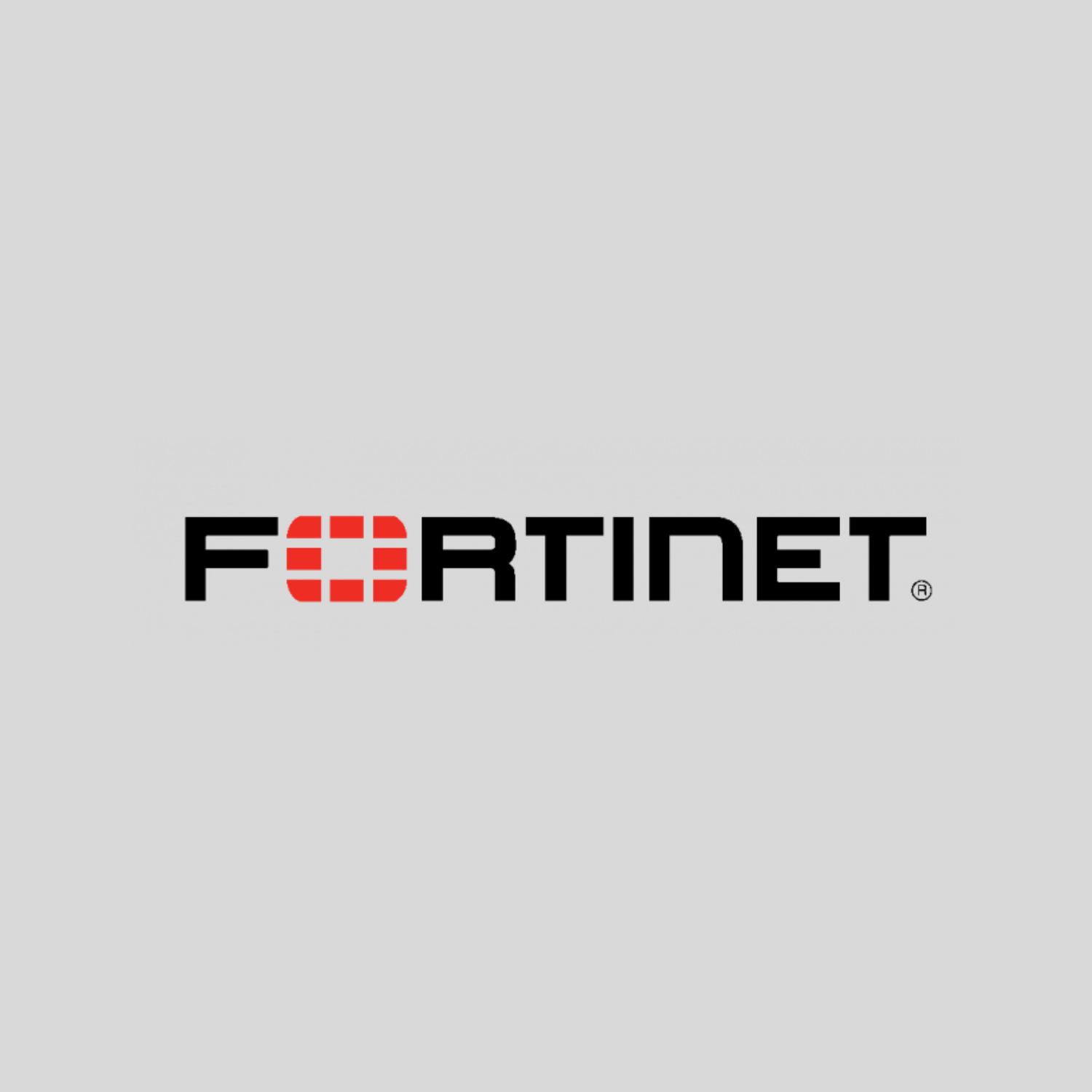Description
Who should attend
Networking and security professionals involved in the management, configuration, administration, and monitoring of FortiSwitch devices used to provide secure network access to endpoints should attend this course.
Prerequisites
- Basic knowledge of networking
- An understanding of layer 2 switching
Course Objectives
After completing this course, you will be able to:
- Explore the FortiSwitch portfolio and identify the supported management modes
- Describe and deploy FortiSwitch in managed switch mode (FortiLink mode)
- Understand Ethernet switching, VLANs, link aggregation (LAG), MCLAG, and layer 2 discovery
- Identify the most common FortiSwitch topologies when deploying FortiSwitch in managed switch mode
- Understand Spanning Tree Protocol (STP), Rapid Spanning Tree protocol (RSTP), and Multiple Spanning Tree protocol (MSTP) operation and configuration, as well as other loop protection features
- Describe and configure Layer 2 security to filter unwanted traffic and perform antispoofing
- Configure layer 2 authentication using 802.1.X, and leverage 802.1X to assign dynamic VLANs to endpoints
- Implement advanced features to increase port density, control network access, forward multicast traffic more effectively, and quarantine compromised devices
- Prioritize traffic on FortiSwitch by using QoS marking, queuing, and rate limiting features
- Simplify endpoint deployment by using Link Layer Discovery Protocol-Media Endpoint Discovery (LLDPMED)
- Share FortiSwitch ports across different VDOMs using multi-tenancy
- Monitor FortiSwitch using SNMP, sFlow, and flow sampling
- Describe the most useful troubleshooting tools available on FortiSwitch
Outline: FortiSwitch (FORTISWITCH)
- Managed Switch
- Switch Fundamentals
- Layer 2 Design
- Layer 2 Security
- Advanced Features
- Monitoring
- Standalone Switch
- Troubleshooting




